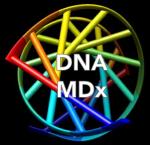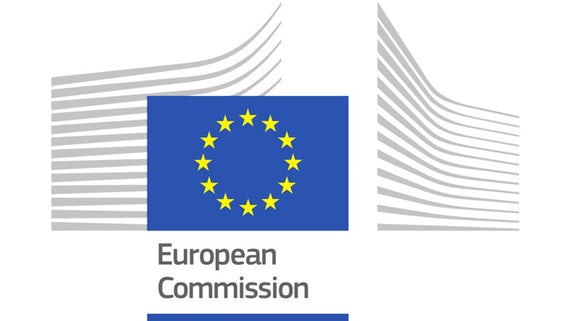Research
The economic importance of the global market for molecular diagnostics (MDx) is attested by its estimated value of EUR 10-20 billion. In vitro nucleic acid diagnostics comprise a major part of this rapidly growing market. Many diseases and conditions of high societal impact are caused by genetic disorders, either inherited (cystic fibrosis) or spontaneously developed (cancer) by patients; often the inherited disease states are caused by mutations in a single or few genes, and sometimes through single base mismatches (single nucleotide polymorphisms, SNPs). Other diseases with high mortality rates are caused by pathogens, and the emergence of multi-drug resistant bacteria as well as emergent infectious diseases such as Ebola and Zika call for rapid and sensitive detection methods. It is recognised that early detection of cancers (and their recurrence) and pathogens provides the best opportunities for therapeutic intervention or management of conditions in order to ensure the highest quality of life for patients. Increased realization of personalised medicine together with companion diagnostics and biomarker identification is driving the growth of the DNA diagnostics market.
Rapid changes in technology are revolutionising DNA diagnostics, as well as changing the face of research in genomics and genotyping. The predominant technology used in nucleic acid diagnostics is real-time quantitative PCR (RT-qPCR), with microarrays, Sanger and next generation sequencing (e.g. Illumina), isothermal amplification, in-situ hybridisation and mass spectrometry (e.g. Sequenom) making substantial contributions. Although growing in importance, lab-on-a-chip (LOAC) technologies still make up only a small portion of the market, whilst new sequencing technologies, for example those based on nanopores (e.g. Oxford Nanopore) present new opportunities. Moreover, new methods for sampling disease-related DNA from humans also propels growth in DNA diagnostics. In recent years, non-invasive liquid biopsy is increasingly used to sample circulating tumour DNA (ctDNA) that has been identified for many cancer types, including pancreatic and ovarian, independent of circulating tumour cells.
Most diagnostic systems on the market are designed for use in well-funded laboratories with dedicated personnel that operate in highly regulated environments. A major challenge for biomedical engineering is to develop diagnostic tests that meet the needs of all the world's people, taking into account that the majority have little access to clinical laboratory infrastructure. In advancing the state-of-the-art in molecular diagnostics, DNASURF aims to adopt bottom-up principles to develop novel, cost-effective, reliable, robust platform technologies that can be adapted for many different target diseases, genes, and pathogens, thus offering flexibility with respect to applications and end-users and contributing to the UN Sustainable Development Goal of Good Health and Wellbeing.












